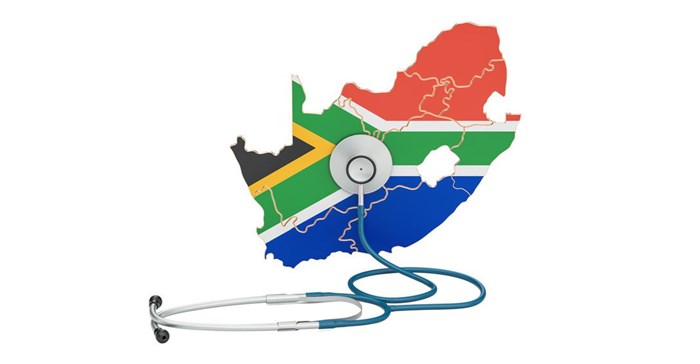The approximately eight-million people in South Africa who rely on medical tax credits to subsidise the cost of existing medical aid schemes can breathe a sigh of relief. The speculation that Finance Minister, Malusi Gigaba, in his budget speech, would do away with benefit to fund National Health Insurance (NHI) was unfounded.
Although the government has progressed on the path towards introducing National Health Insurance (NHI), and has discussed certain tax aspects of the funding, the actual mechanism remains uncertain.
NHI – where it stands
NHI was first proposed in 2011. The objectives include providing improved access to quality health services for all South Africans, employed or unemployed, and to pool risks so that equity and social solidarity are achieved through a single fund. It is anticipated that NHI will be implemented in 2025. In the interim, the design of NHI needs to be finalised and the extra costs of between R75bn and R108bn per year must be funded. Minister Gigaba has announced that over the medium term, the NHI is allocated an additional R4.2bn, funded through an amendment to the medical expenses tax subsidy.
Medical tax credits not removed
When the revised White Paper on the NHI was released in July 2017, Health Minister, Aaron Motsoaledi, expressed the view that medical tax credits are “unfair” and should be removed. This was met with public outcry. A report by Econex found that without the medical tax credit, the poorest 1.9-million medical aid members would be forced out of medical funds because of the prohibitive cost.
However, in the Medium Term Budget Policy Statement of 25 October 2017, Gigaba again noted that government was considering changes to the design, targeting and value of the medical tax credit as part of the policy development process for the 2018 Budget.
National Treasury indicated that it would seek input from the Davis Tax Committee on the feasibility of proposals to adjust the medical tax credit to fund the NHI. The committee's final report, published on 13 November 2017, was clear that: “The phasing-out of the medical tax credits can only happen once the NHI is fully operational. In addition, the needs of people with disabilities and the aged and the financial implications for such taxpayers would require special attention.”
Government has taken heed of the concerns of the public, and medical tax credits will not be removed. Instead. The plan is to split out medical tax credits to individual taxpayers (where multiple people contribute to the same medical aid), and to impose below-inflation increases in medical tax credit over the next three years, in a bid to help fund the rollout of the NHI.
Future personal tax increases to fund NHI?
Budget 2018 did not provide any further details concerning the longer term funding of NHI.
The revised White Paper on the NHI included funding proposals. Five tax scenarios were identified:
- Scenario A
The introduction of a 1% payroll tax, a 1% surcharge on taxable income and a 1% increase in the VAT rate- Scenario B
A combination of a 2% payroll tax and a 2% surcharge on taxable income- Scenario C
A 2% surcharge on taxable income with a 1.5% increase in VAT Scenario D A 2% payroll tax with a 1.5% increase in VAT- Scenario E
A 4% surcharge on taxable income alone
Scenario B has been highlighted as the “most preferred option” for revenue generation, being a 2% payroll tax on employers and an extra 2% tax on individuals. In practice, employer costs are typically factored into the ‘total cost to company’ of employment, and then economically borne by the employee. For existing employment relationships, it could be anticipated that employee increases would be lower to compensate for the extra tax. Economically, the effective personal income tax rates would shift by 4%.
High-income individuals are still reeling from the 4% tax increase in 2017. NHI would mean a further effective 4% tax increase. However, the final Davis Tax Committee report on NHI, issued in November 2017, suggests that the funding proposed in the White Paper is inadequate, and that the personal income tax surcharge would need to be in excess of 6%, not 4%.
Since Budget 2018 was silent in this respect, the questions remain around the actual funding of the NHI.
NHI – way forward
According to the NHI Impact Assessment document, the years 2017/18 to 2020/21 form the second phase of NHI implementation. This phase will focus on the development of the NHI legislation, amendments to other, existing legislation, and the establishment of the NHI Fund. The third phase, in 2021/ 22 to 2025/ 26, is where NHI-specific taxpayers are supposed to be introduced.
As highlighted by the Davis Tax Committee, adequate engagement in relation to NHI is essential to prevent later resistance during implementation, as happened with the e-toll situation.
Budget 2018 avoided discussing longer term funding. However, significant concerns remain around the funding of NHI, and the nature of proposals of heavy future tax changes on already burdened individual taxpayers.





































